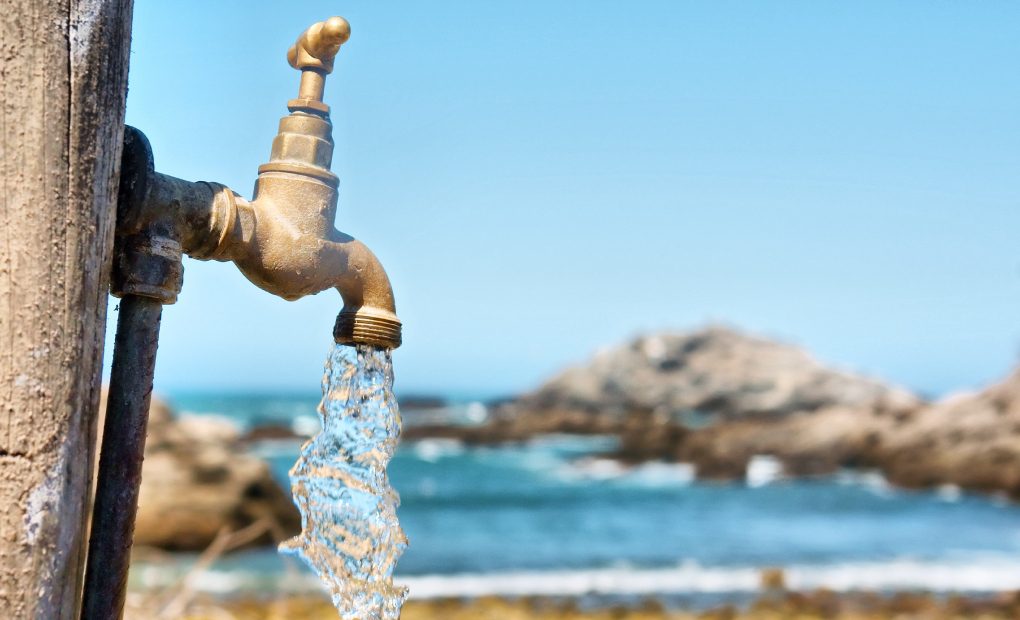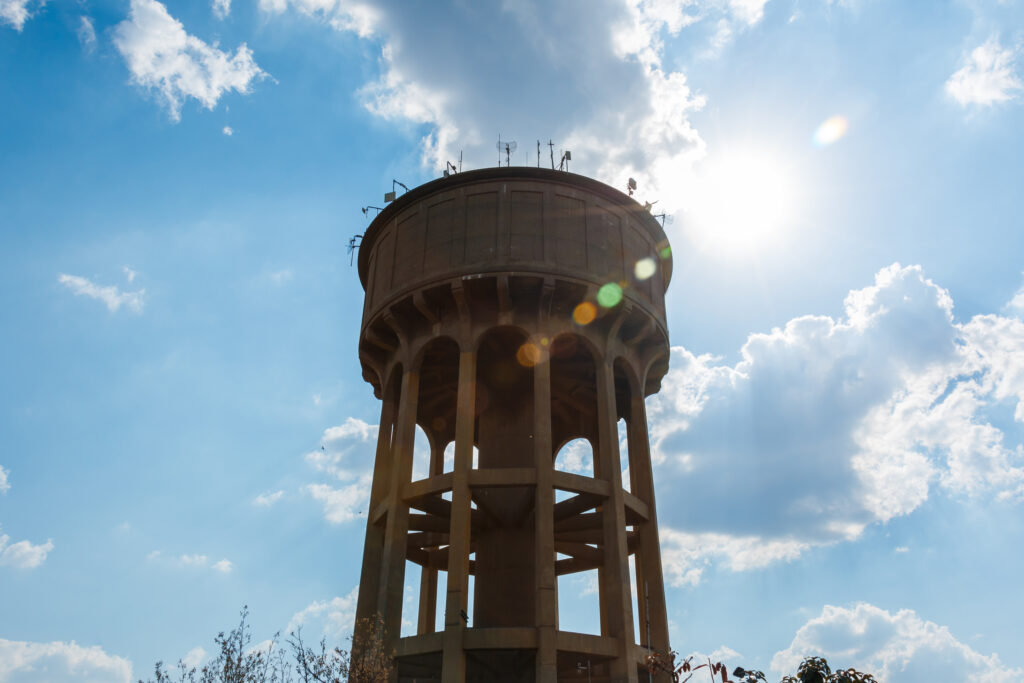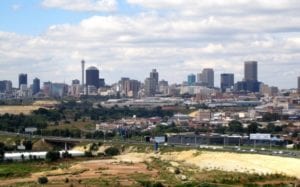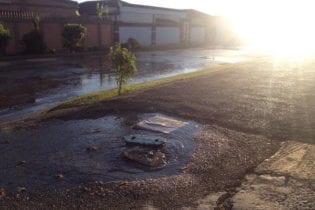Many South Africans open their taps without any prior knowledge of how the water in fact gets there. In an effort to spread awareness of how residents receive their water Johannesburg Water held a tour of how their Randburg system works, whilst highlighting some of the concerns and problems that the residents could face.
By Duncan Nortier
The simplified journey from undrinkable to tap starts with the Department of Water and Sanitation (DWS), which determines the policies and practices of water in South Africa. Once the DWS has determined the best locations for usable water a bulk water supplier then cleans and supplies water to a municipality based on their needs, and from here it is distributed to customers.

From source to tap, water has a journey that many don’t know about
The Randburg system
Johannesburg Water supplies 1.6 gigalitres of water (1.6 billion litres) daily to areas across Johannesburg and as far-reaching as Roodepoort, Alexandra, Orange Farm, and Midrand. This water is procured by the bulk supplier Rand Water, one of the best-performing water utilities in the world and is then distributed to through a network of water infrastructure that consists of 129 reservoirs and towers.
In the case of the Randburg system, the water is held in the Waterval Rand Water depot before being sent to Johannesburg Water’s Waterval pump station which then distributes water to four towers and four reservoirs: Linden 1 reservoir, Linden 1 tower, Linden 2 reservoir, Kensington B reservoir, Kensington B tower, Waterval tower, Quellerina tower, and Blairgowrie reservoir.
This system has a capacity of 71 Megalitres (Ml) and requires a minimum flow rate of 35 Ml a day to remain stable. What this means is that the system runs on a 24-hour continuous cycle and if there are supply challenges from Rand Water the system has enough water for roughly 2 days before running empty. Gugulethu Quma, an operational manager at Johannesburg Water says that “the public tends to see these towers and reservoirs as storage, but in fact they are in constant use and are not designed for storage.”
A closer look
Linden 1 complex houses the Linden 1 tower and reservoir which GugulethU notes, “are embedded in the community, we try to have them as part of the community so that people can see where their water comes from.” In the distribution network, a tower is used to create pressure to supply higher-lying areas while the reservoir is used to feed lower-lying areas. A complex which houses both a tower and a reservoir indicates that the areas supplied are topographically diverse, which is a notable feature of the larger Johannesburg area. This tower was highlighted in the Randburg systems as it is the highest point in the system. Being the highest point comes with one problem if the supply is interrupted the higher-lying areas are most affected as it takes longer for the pressure to stabilise and longer for the water level to recover.
One interesting feature of the Randburg system is that it mostly relies on gravity to flow. While the Waterval Pump Station distributes the water each tower and reservoir feeds its own gravity zone, which means that the areas supplied by a tower or reservoir do not rely on pumps to distribute water. A benefit of this is that the complicated engineering beforehand produces a simpler system to maintain, “without the need for electric motors, these towers and reservoirs receive water there are no supply interruptions” says Gugulethu. This system is also interdependent and relies on water between these reservoirs for stability.

A Johannesburg Water tower
Problems
While Johannesburg Water is proud to show its complex infrastructure they do not shy away from addressing issues. “Vandalism is an increasingly frustrating issue that sits atop the general problems such as urbanisation density, and leaks. About 40% of potable water is lost due to leaks” says Gugulethu.
Johannesburg Water has the responsibility to provide safe water to its residents, and they are aware of the benefits and problems within their own system as they set out to achieve their mandate.










